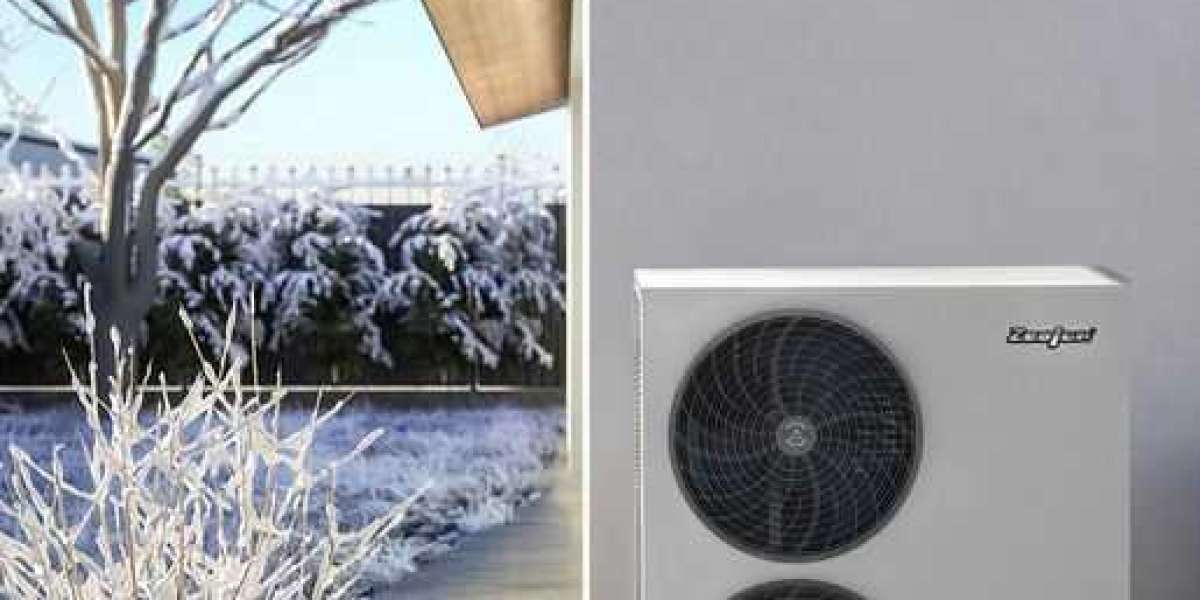Alopecia Areata is an autoimmune disorder where the immune system mistakenly attacks hair follicles, leading to patchy hair loss. While the condition affects people of all ages and genders, it is particularly distressing due to its unpredictable nature. Fortunately, a range of treatment options—from medications to holistic remedies—can help manage the condition and promote regrowth.
In this blog, we explore the various treatments for alopecia areata, including medical therapies, natural remedies, and lifestyle changes.
1. Medical Treatments for Alopecia Areata
Modern medicine offers several solutions to help stimulate hair regrowth and prevent further hair loss. Here are the most effective medical treatments:
a) Corticosteroids
- What It Does: Suppresses the immune response to prevent the body from attacking hair follicles.
- How It’s Used: Available in topical creams, injections, or oral tablets.
- Pros: Reduces inflammation and encourages hair regrowth.
- Cons: Long-term use may cause side effects like thinning skin and weight gain.
b) Minoxidil (Rogaine)
- What It Does: Improves blood flow to the scalp, stimulating hair follicles.
- How It’s Used: Applied as a topical solution or foam twice daily.
- Pros: Safe for long-term use; helps maintain hair density.
- Cons: Results may take months, and regrowth might be incomplete.
c) Immunotherapy (DPCP or SADBE)
- What It Does: Triggers a mild allergic reaction to restart hair follicle activity.
- How It’s Used: Applied as a topical treatment.
- Pros: Can be effective for widespread alopecia areata.
- Cons: Requires consistent use over several months.
d) JAK Inhibitors
- What It Does: Targets specific immune pathways to reduce hair follicle damage.
- How It’s Used: Available in oral or topical forms.
- Pros: Promising results in clinical trials.
- Cons: Expensive and may cause immune suppression.
2. Natural and Home Remedies
Many people prefer holistic treatments to complement medical therapies. These remedies aim to improve scalp health and reduce stress, which can trigger alopecia areata episodes.
a) Essential Oils
- Lavender, rosemary, and peppermint oils are known to improve scalp circulation.
- How to Use: Dilute with carrier oils like coconut or jojoba oil and massage into the scalp regularly.
b) Onion Juice
- Rich in sulfur, onion juice may improve blood flow and encourage hair regrowth.
- How to Use: Apply onion juice to the scalp for 30 minutes, then rinse with mild shampoo.
c) Aloe Vera
- Aloe vera soothes the scalp and reduces inflammation.
- How to Use: Apply aloe vera gel directly to the scalp and leave it for 20 minutes before washing off.
3. Dietary and Lifestyle Changes
Certain lifestyle adjustments can help manage alopecia areata more effectively:
a) Anti-Inflammatory Diet
- Include foods rich in antioxidants like berries, leafy greens, and nuts to combat inflammation.
- Avoid processed foods, sugar, and excessive caffeine, as they can trigger immune responses.
b) Stress Management
- Stress is a major trigger for alopecia areata. Practicing yoga, meditation, or breathing exercises can help maintain emotional well-being.
c) Supplements
- Vitamin D, Zinc, and Biotin have shown potential in promoting hair health. Consult a doctor before taking supplements.
4. Psychological Support and Coping Strategies
Alopecia areata can impact mental health, leading to anxiety, depression, or social withdrawal. It’s essential to seek emotional support through the following means:
- Counseling or Therapy: Speaking with a mental health professional can help manage emotional challenges.
- Support Groups: Joining online or in-person support groups allows individuals to share experiences and coping strategies.
5. Conclusion
While there is no guaranteed cure for alopecia areata, many treatment options can help manage the condition and encourage hair regrowth. Whether you opt for medical therapies, natural remedies, or lifestyle changes, it’s important to remain patient and consistent. Speak with a healthcare provider to determine the best course of action for your unique situation.
Read more:- alopecia areata treatment



